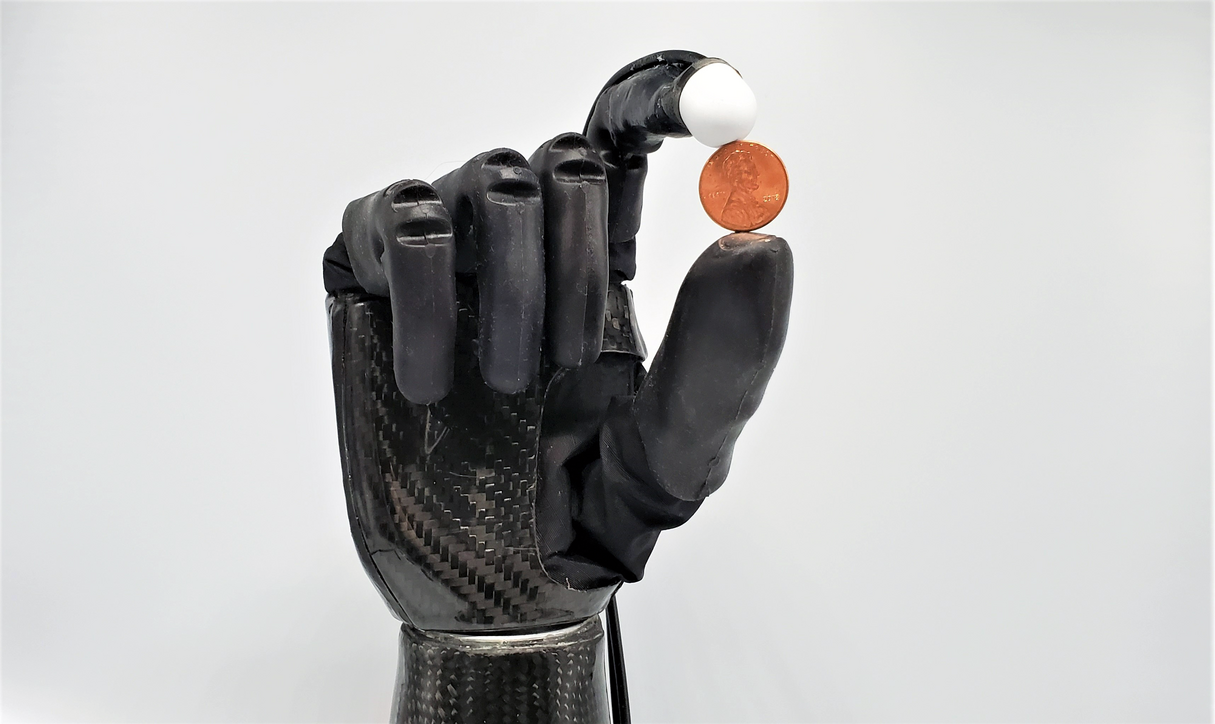Physically
Computer Science / Digital
Robotics - how robot hands learn to feel
In the Learning, Adaptive Systems and Robotics (LASR) Lab of the Faculty of Computer Science, scientists are researching the combination of machine learning and robotics to make robots (and other artificial agents) more useful in real-world applications. One research goal is to enable robotic fingers with high-resolution tactile sensors to perceive (feel) tactile sensations.
Start
17:00
o'clock
End
00:00
o'clock
